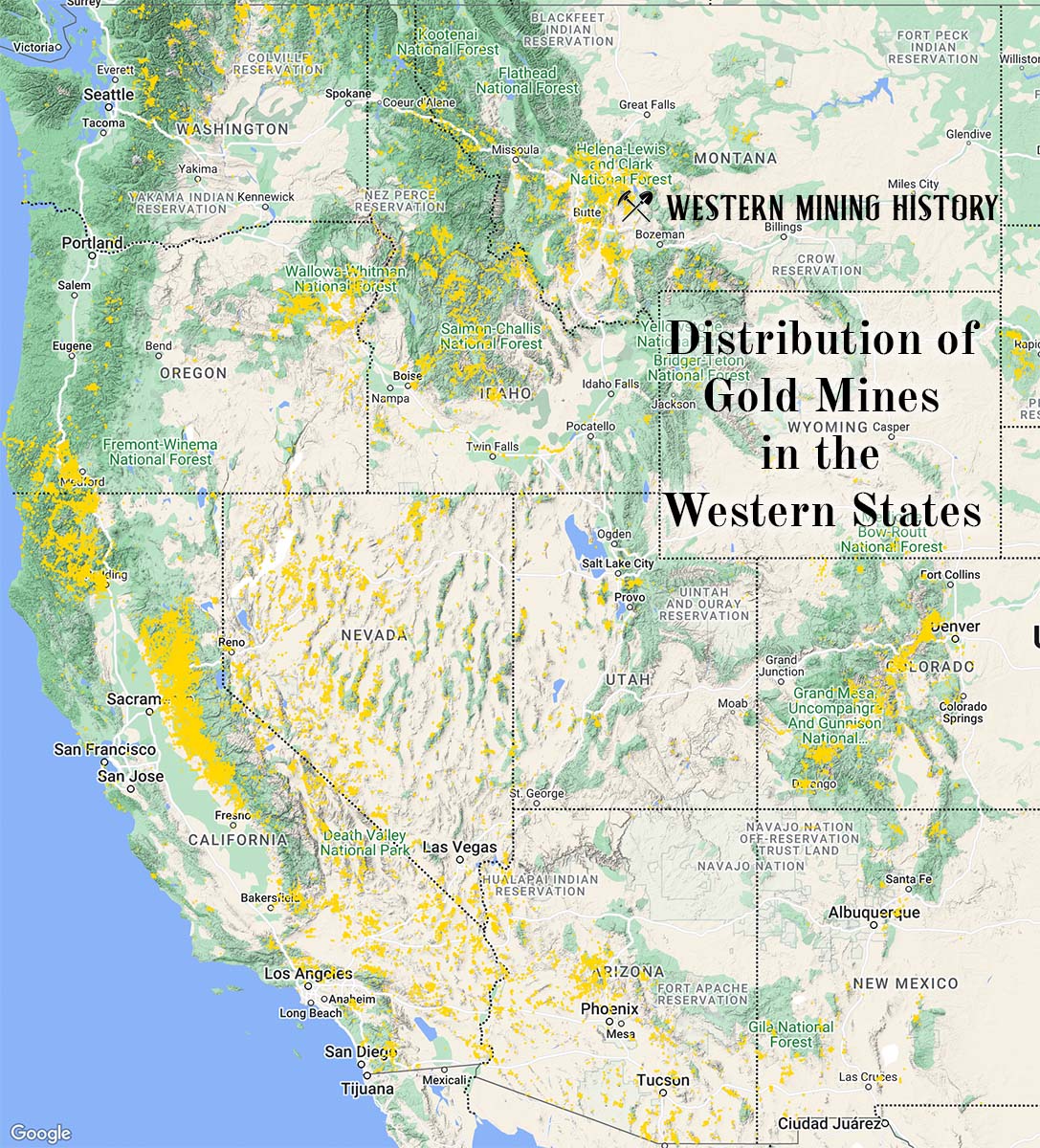The Buck Creek is a tin mine located in Alaska.
About the MRDS Data:
All mine locations were obtained from the USGS Mineral Resources Data System. The locations and other information in this database have not been verified for accuracy. It should be assumed that all mines are on private property.
Mine Info
Buck Creek MRDS details
Site Name
Primary: Buck Creek
Secondary: Left Fork
Secondary: West Fork
Secondary: Peluk Creek
Secondary: Upper Buck Creek
Commodity
Primary: Tin
Secondary: Gold
Location
State: Alaska
District: Port Clarence
Land Status
Not available
Holdings
Not available
Workings
Not available
Ownership
Not available
Production
Not available
Deposit
Record Type: Site
Operation Category: Past Producer
Operation Type: Unknown
Years of Production:
Organization:
Significant:
Physiography
Not available
Mineral Deposit Model
Model Name: Alluvial placer Sn
Orebody
Not available
Structure
Not available
Alterations
Not available
Rocks
Not available
Analytical Data
Not available
Materials
Ore: Cassiterite
Comments
Comment (Workings): Workings / Exploration = The lower 15,000 feet of Buck Creek was mined by two small bucket-line dredges. Another 1,500 feet of the creek above the dredged area was mined by hand methods. Post-mining churn-drilling by the USBM included 86 holes along the main drainage of Buck Creek and additional holes on tributaries.
Comment (Exploration): Status = Inactive
Comment (Deposit): Model Name = Alluvial tin placer (Cox and Singer, 1986; model 39e)
Comment (Production): Production Notes = Most of the 1,124 short tons of tin produced from the Potato Mountain area (Heide and Rutledge, 1949, p. 4) came from the placers of Buck Creek.
Comment (Reserve-Resource): Reserves = Post-mining churn drilling by the USBM identified small areas containing up to 5 pounds of tin per cubic yard (Heide and Rutledge, 1949).
Comment (Geology): Age = Quaternary
Comment (Geology): Geologic Description = Bedrock in the headwaters of Buck Creek is thermally metamorposed thin-bedded metapelite, metasandstone, and minor impure metacarbonate rocks of unknown but probable Paleozoic age. These rocks makeup the relatively resistant upland of Potato Mountain that is interpreted to be underlain at depth by biotite granite (Hudson and Reed, 1997, p. 454). Significant lode tin deposits are present in the headwaters of Buck Creek and its tributaries (Mulligan, 1965). Placer cassiterite occurs throughout the active drainage of Buck Creek, from its headwaters against Potato Mountain to its mouth about 4 miles eastward on Grouse Creek. The alluvial gravels have been mined by two small bucket-line dredges along the present stream channel from the mouth at Grouse Creek westward for 15,000 feet. Hand mining took place for 1,500 feet further upstream. As noted by Mulligan (1965, p. 14-15), Buck Creek seems to contain a small amount of gravel for the size of its valley. The thickness of the gravel section is commonly only 4 to 6 feet and widths are about 200 feet. The gravels are well-sorted, contain few boulders over 1 foot in diameter, and little clay (Heide and Rutledge, 1949, p. 5). Overburden varies from 0 to 14 feet thick in USBM churn-drill holes. The grade of the productive gravel has been estimated to have averaged 2.9 pounds of tin per cubic yard (Heide and Rutledge, 1949, p. 21). Grades as high as 9.5 pounds of tin per cubic yard were identified locally by USBM churn-drilling (Heide and Rutledge, 1949, p. 11). Here as elsewhere on western Seward Peninsula, the gravels are fozen except along active steam courses.
Comment (Reference): Primary Reference = Heide and Rutledge, 1949
References
Reference (Deposit): Cobb, E.H., 1975, Summary of references to mineral occurrences (other than mineral fuels and construction materials) in the Teller quadrangle, Alaska: U.S. Geological Survey Open-File Report 75-587, 130 p.
Reference (Deposit): Mulligan, J.J., 1965, Tin-lode investigations. Potato Mountain area, Seward Peninsula, Alaska: U.S. Bureau of Mines Report of Investigations 6587, 85 p.
Reference (Deposit): Hudson, T.L., and Reed, B.L., 1997, Tin deposits of Alaska, in Goldfarb, R.J., and Miller, L.D., eds., Mineral Deposits of Alaska: Economic Geology Monograph 9, p. 450-465.
Reference (Deposit): Heide, H.E. and Rutledge, F.A., 1949, Investigations of Potato Mountain tin placer deposits, Seward Peninsula, northwestern Alaska: U.S. Bureau of Mines Report of Investigations 4418, 21 p.
Reference (Deposit): Cobb, E.H., and Sainsbury, C.L., 1972, Metallic mineral resource map of the Teller quadrangle, Alaska: U.S. Geological Survey Miscellaneous Field Studies Map MF-426, 1 sheet, scale 1:250,000.
The Top Ten Gold Producing States

These ten states contributed the most to the gold production that built the West from 1848 through the 1930s. The Top Ten Gold Producing States.